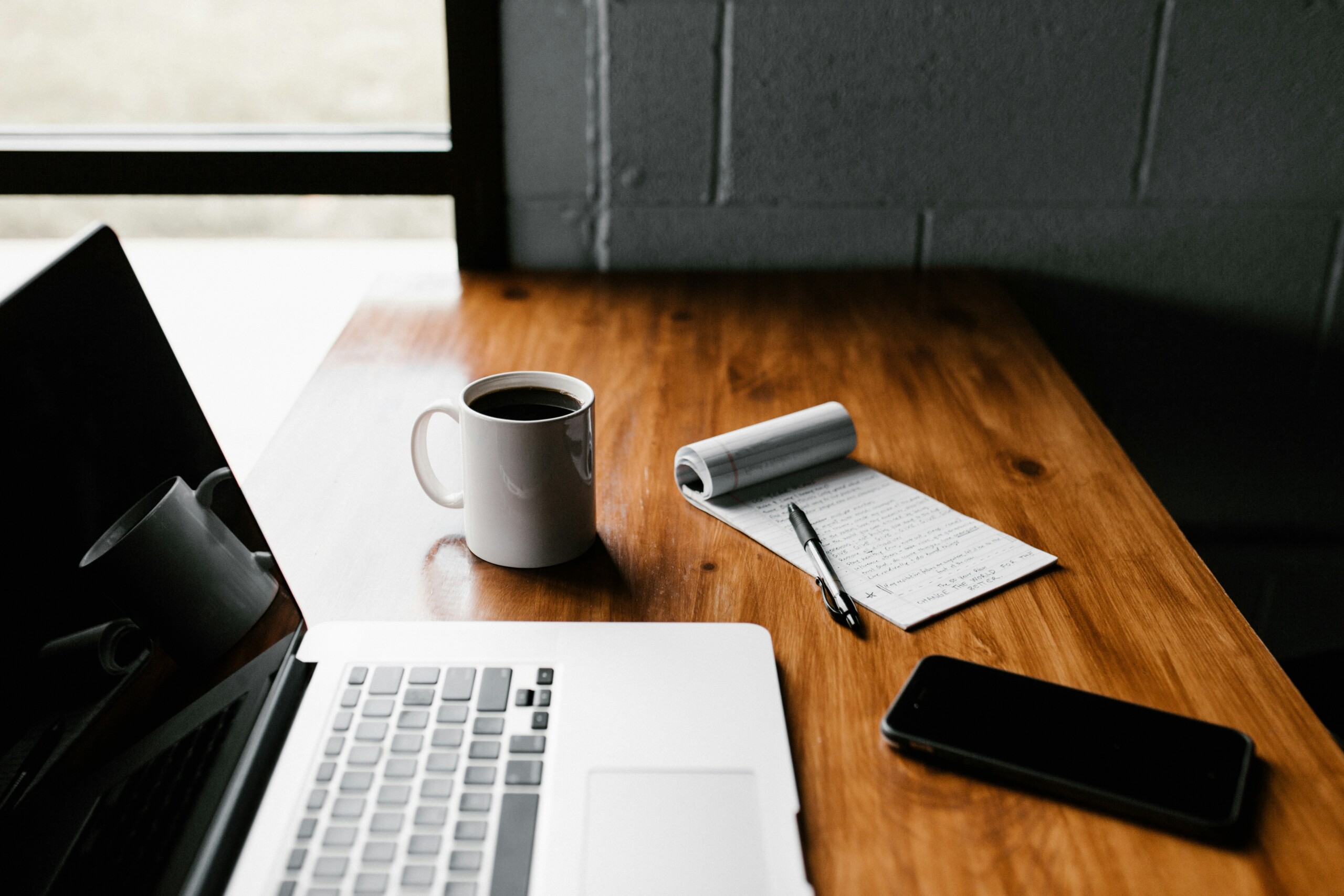
Buying a home is a significant financial decision, and proper planning is crucial to ensure a smooth process. Here’s a comprehensive financial checklist to help you navigate through the home buying journey:
1. Assess Your Financial Situation:
– Determine how much you can afford by evaluating your income, expenses, and savings.
– Check your credit score and history. A good credit score will help you secure a better mortgage rate.
2. Create a Budget:
– Calculate your monthly housing expenses, including mortgage payments, property taxes, insurance, and utilities.
– Factor in one-time expenses like down payment, closing costs, and moving expenses.
3. Save for a Down Payment:
– Aim to save at least 20% of the home’s purchase price for a down payment to avoid private mortgage insurance (PMI). However, some programs allow for lower down payments.
4. Research Mortgage Options:
– Explore different types of mortgages such as fixed-rate, adjustable-rate, FHA loans, VA loans, etc.
– Get pre-approved for a mortgage to understand how much you can borrow and to show sellers that you’re a serious buyer.
5. Understand Closing Costs:
– Be prepared for closing costs, which typically range from 2% to 5% of the home’s purchase price. These may include appraisal fees, title insurance, attorney fees, etc.
6. Factor in Homeownership Costs:
– Besides mortgage payments, consider ongoing costs like property taxes, homeowners insurance, maintenance, and repairs.
7. Shop for Homes within Your Budget:
– Work with a real estate agent to find properties that fit your budget and preferences.
– Consider the location, neighborhood amenities, school districts, and future resale value.
8. Negotiate the Offer:
– Make an offer based on comparable sales and market conditions.
– Negotiate with the seller on price, contingencies, and closing timeline.
9. Finalize Mortgage Approval:
– Provide necessary documents to your lender for final mortgage approval.
– Review the loan terms and conditions before signing.
10. Complete Home Inspection:
– Hire a qualified home inspector to evaluate the property’s condition and identify any potential issues.
– Negotiate repairs or credits with the seller if needed.
11. Secure Homeowners Insurance:
– Shop around for homeowners insurance to find the best coverage at a competitive rate.
– Ensure the policy meets your lender’s requirements.
12. Prepare for Closing:
– Review the closing disclosure to understand all costs and fees.
– Arrange for a final walkthrough of the property before closing.
13. Close on the Property:
– Sign all necessary documents and pay closing costs.
– Receive the keys and officially become a homeowner!
14. Plan for Moving:
– Arrange for moving services or enlist the help of friends and family.
– Update your address with relevant parties like utilities, banks, and subscriptions.
15. Settle into Your New Home:
– Familiarize yourself with the property and its systems.
– Begin making any desired improvements or personalizing the space.
By following this checklist, you’ll be well-prepared financially for the home buying process and can move forward with confidence.

